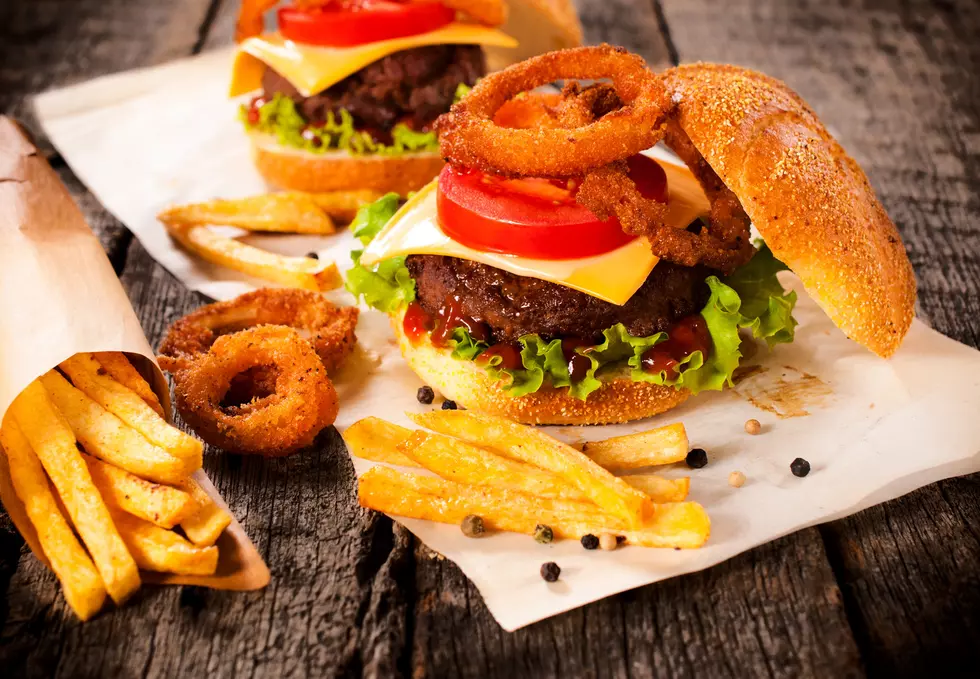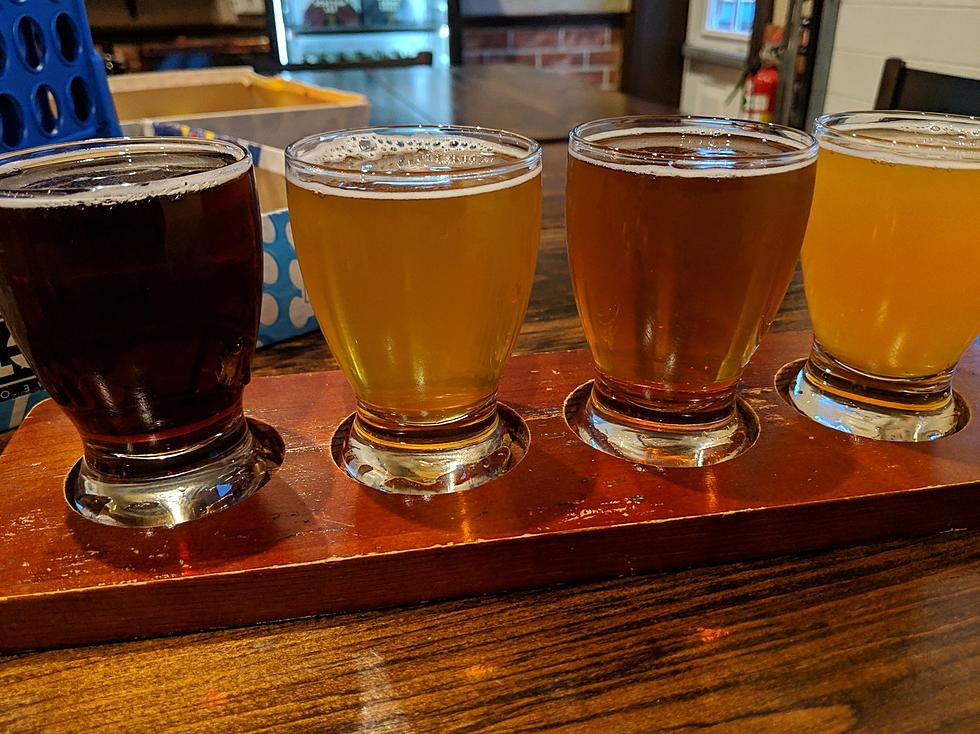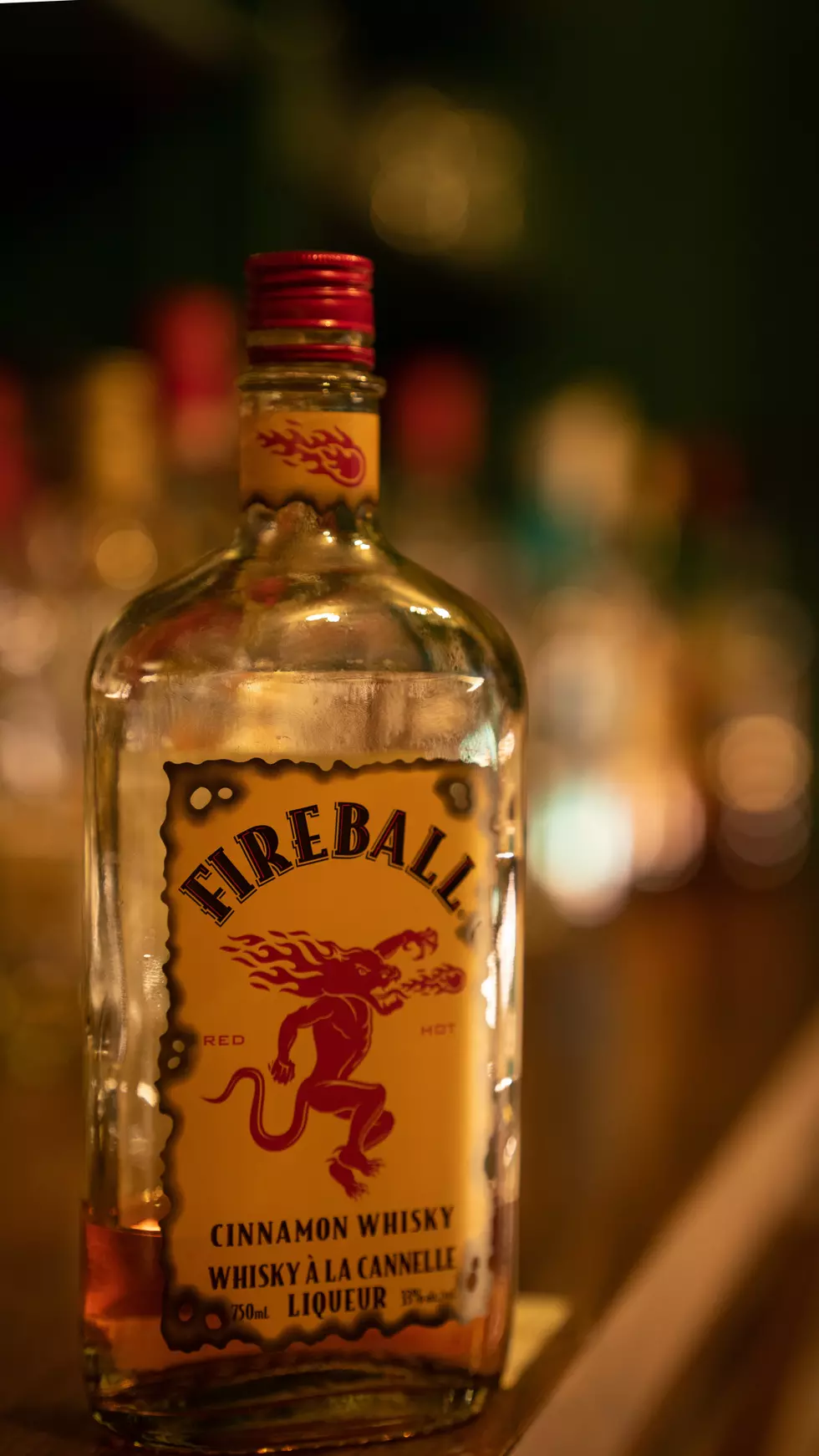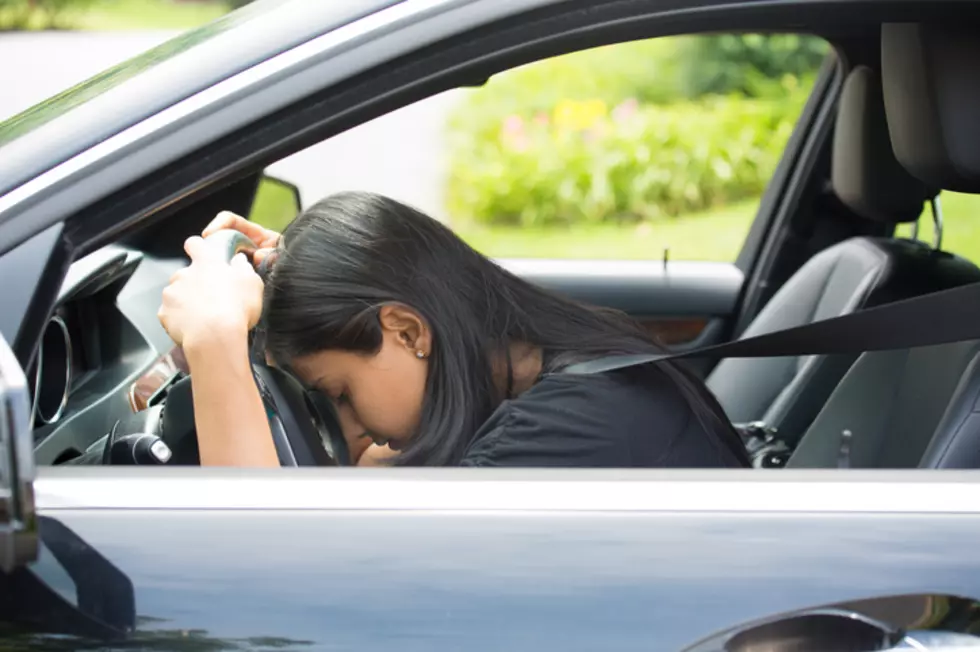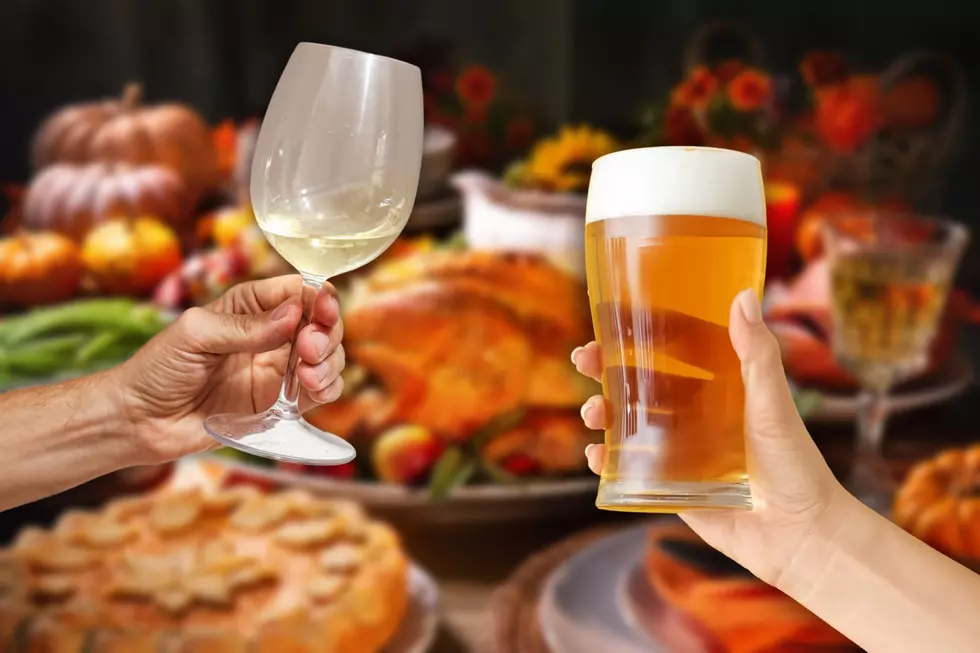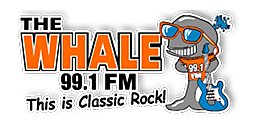![These Southern Tier Area Towns Still (Kind of) Follow Prohibition [GALLERY]](http://townsquare.media/site/498/files/2021/01/28528pre_09f0bbacb26b231.jpg?w=980&q=75)
These Southern Tier Area Towns Still (Kind of) Follow Prohibition [GALLERY]
In 1933, the 21st Amendment was passed, ending pohibition on a national level, but leaving the decision regarding alcohol regulations and sales up to each individual state and while things were reversed eighty-eight years ago, the laws of yesteryear remain in place for several towns in New York, including a few in our area.

Those who supported Prohibition (in New York State from 1920 through 1933). included the Anti-Saloon League, Protestant churches, and even the Women’s Christian Temperance Union. Supporters believed that prohibition in New York would not only make things safer, but that people would be in better health and the economy would grow.
The effort failed all the way around. If anything, prohibition led to a new slew of new debaucheries. Gangsters stepped in and drinks flowed from the taps of speakeasies like liquid gold. Bootlegging became a new way to run alcohol. As a matter of fact, bootlegging was a huge business in the northern part of the state where alcohol was transported from Canada into the states across the St. Lawrence. What we know today as a serene vacation spot was at one time a dangerous waterway where murder and hijacking as a result of bootlegging was common.
In a dateset posted on the New York State website with information provided by the State Liquor Authority, there were 46 towns in the state of New York that still follow somewhat strict laws regarding wet and dry alcohol consumption.
A dry town is one in which zero alcohol can be sold at any establishment whatsoever. If you were to walk into any of these towns expecting to enjoy an adult beverage, you’d be severely disappointed. The towns are Caneadea, Allegany County; Clymer, Chautauqua County; Lapeer, Cortland County; Orwell, Oswego County; Fremont, Steuben County; Jasper, Steuben County; Berkshire, Tioga County; and Argyle, Washington County.
The rest of the towns on the list are partially dry towns. What that means is that alcohol is allowed but only under very specific regulations which can range from establishments being allowed to sell alcohol for offsite consumption to being able to sell alcohol but only for consumption on premises and then there’s something called Damp and Moist, but those get pretty complicated so I’ll let you read up on it yourself.
On the list of partially dry towns, 13 are from four Southern Tier area counties!
These Southern Tier Area Towns Still (Kind of) Follow Prohibition
Own a Piece of Anheuser Busch History With This Cooperstown Estate
More From 99.1 The Whale
